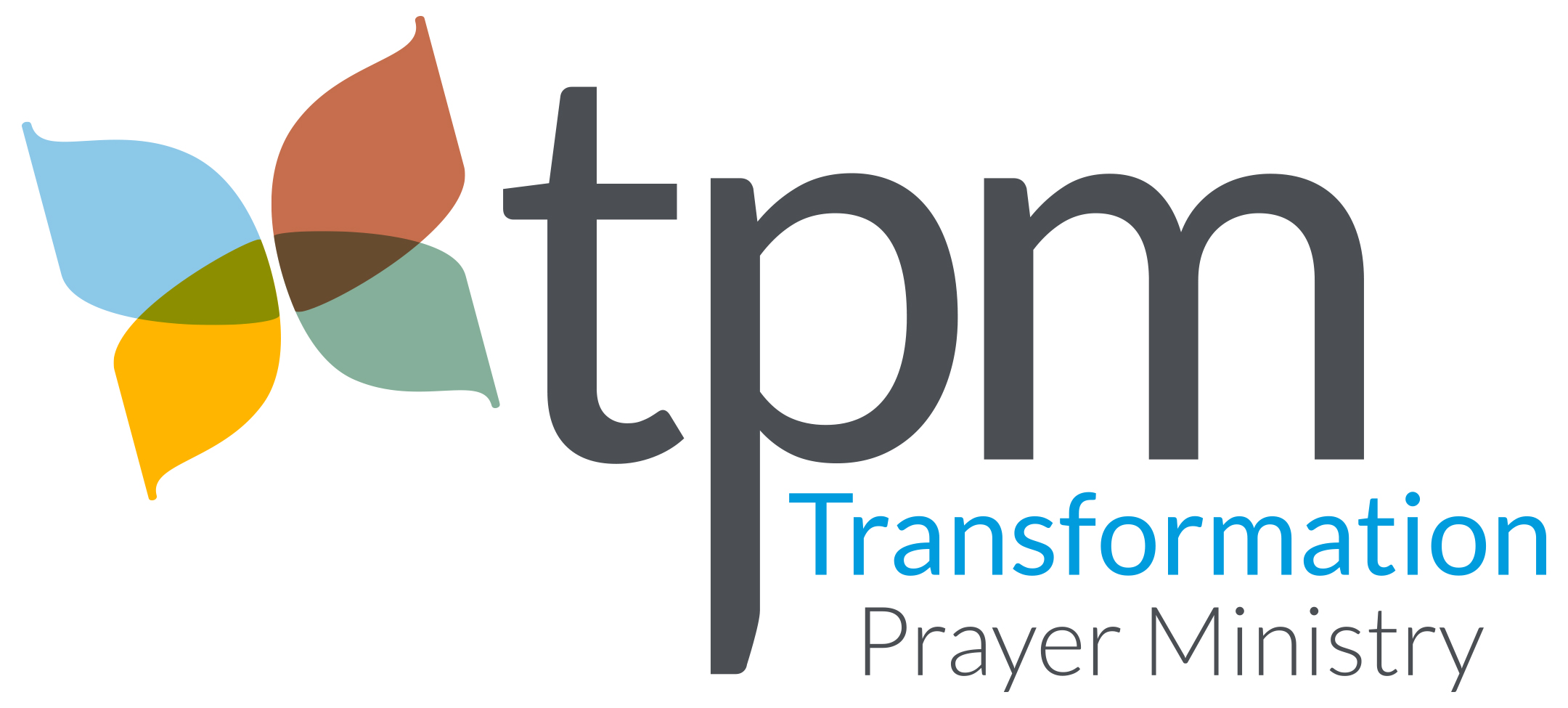Understanding the PROCESS Questions
TRAINING TIME INVESTMENT: This section is a series of articles and videos. There are approximately 20 pages of text in this section. It will require about 1-2 hours to read through it. Video length will vary so you will need to plan accordingly.
TWO DIFFERENT ANALOGIES FOR UNDERSTANDING THE TPM PROCESS
When explaining the TPM process, we often use two different analogies. The first analogy consists of the “Boxes.” through which every TPM ministry session typically flows. Each “box” has its own questions, designed with specific purposes, which are to be asked only in the box to which they belong. Altogether, there is a total of only nine questions used when passing through the five primary boxes (EMOTION, MEMORY, BELIEF, TRUTH, and TRANSFORMATION. When we run into an “obstacle” while applying the process, we step outside these primary boxes and use the two remaining Boxes; SOLUTION and ANGER. The SOLUTION Box is also referred to as the De-Solution Tool, which consists of three specific questions, or, when dealing with anger, we ask the specified and appropriate questions for that issue.
The second analogy is that of a “Map.” This map allows us to locate a ministry recipient in the process. There are only seven possible “locations” a person might find themselves, each with its own specific question(s). If we know where we are on the map, then we know exactly what questions to ask. Here all seven boxes are viewed as making up the possible locations on the map one might find himself.
In this series of articles, we will take a detailed look at each of the questions found in the TPM process. In order to avoid confusion, we will use the “Box” analogy for this discussion. (CLICK HERE for Further discussion of the map analogy)
There is no need to be creative in TPM
The new TPM Process is simple, straightforward and predictable. If you know where you are on the “MAP” then you will always know exactly what question to ask. There is no need for guesswork or creativity. Until you are very familiar with all of the questions you are encouraged to keep a print out of the MAP handy during the session.
Also take time in every session to explain why you are asking the questions that you are asking. Make every session a training session. The person will have all the rest of his or her life to identify their lies and receive truth. Prepare them for that journey buy equipping them with the Process, Principles, and Purpose of TPM.
Click the links below to access articles
Understanding the Questions EMOTION Part One – EMOTION
Understanding the Questions MEMORY Part Two – MEMORY
Understanding the Questions Part Three – BELIEF
Understanding the Questions Part Four – TRUTH
Understanding the Questions Part Five – TRANSFORMATION
Understanding the Questions Part Six – Miscellaneous
The Purpose of the Second Question in the EMOTION Box
When the Questions Don’t Appear to Work
Avoiding “Workarounds” – Directive and Suggestive Questions
Comment Below
